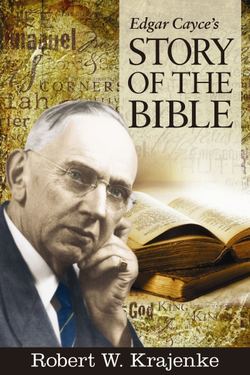Читать книгу Edgar Cayce's Story of the Bible - Robert W. Krajenke - Страница 49
На сайте Литреса книга снята с продажи.
Melchizedek
ОглавлениеThese become hard at times for the individual to visualize; that the mental and soul [bodies] may manifest without a physical vehicle.
987-4
Perhaps one reason why Melchizedek was able to impress Abram was that this high priest, like Adam and Enoch (and many of the so-called Eastern masters today) was a “living soul.” Melchizedek was not a flesh man. It is written of him:
Neither his father nor his mother is recorded in the genealogies; and neither the beginning of his days nor the end of his life. (Hebrews 7:3)
Thus, he was “a living soul.”
For as He hath given, “The earth, the heavens will pass away, but my words shall not pass away.” Know that the soul, the psychic forces of an entity, any entity, any body, are . . . eternal—for they are without days, without years, without numbers . . .
1376-1
Cayce described the three primary appearances of Jesus—Adam, Enoch, and Melchizedek—as “in the perfection” (5749-14) and distinguished them from the later ones which were “in the earth”—Joseph, Joshua, Jeshua, and Jesus. It is also written of Melchizedek that “he is a priest forever.” (Psalm 110:4, Hebrews 7:17)
In his resurrected body Jesus is “without days or years” and once again High Priest “after the order of Melchizedek.”
Though He were the Son, know that there was the lonesomeness, the fear of those influences that beset those He loved. Yet, knowing He hath entered into that glory, becoming the high priest of His people, they that seek Him daily, and having sat down on the right hand of the Father, then through Him ye have that promise, “Lo, I am with thee.”
531-9
